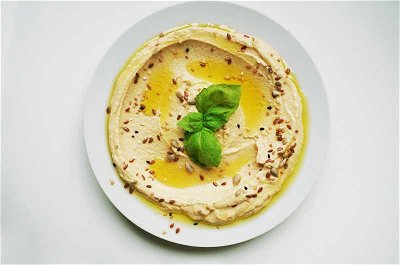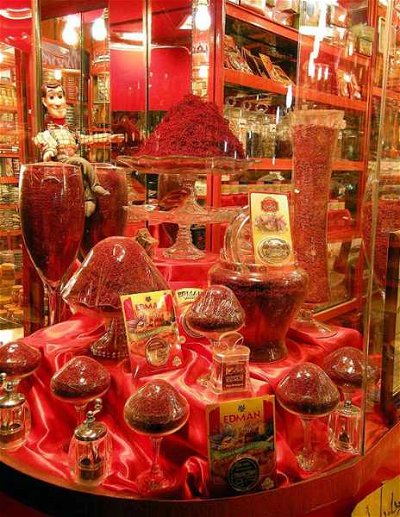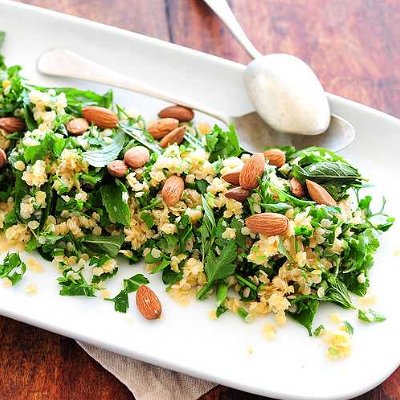 There are many tasty dishes from the area of the Middle East, take this quiz to discover more about this fascinating cuisine.
There are many tasty dishes from the area of the Middle East, take this quiz to discover more about this fascinating cuisine. Easier, 10 Qns, Stoaty,
Jan 07 25
 There are many tasty dishes from the area of the Middle East, take this quiz to discover more about this fascinating cuisine.
There are many tasty dishes from the area of the Middle East, take this quiz to discover more about this fascinating cuisine.  Steeped in thousands of years of history and tradition, Iranian cuisine boasts some unique features that help it to stand out from other Middle Eastern cuisines. Come along on a journey of culinary discovery!
Steeped in thousands of years of history and tradition, Iranian cuisine boasts some unique features that help it to stand out from other Middle Eastern cuisines. Come along on a journey of culinary discovery!  Kashka from Baghdad would like to introduce you to some culinary delights that await you on an Iraqi menu.
Kashka from Baghdad would like to introduce you to some culinary delights that await you on an Iraqi menu. |
|
|
|
 = Top 5% Rated Quiz,
= Top 5% Rated Quiz,
 Top 10% Rated Quiz,
Top 10% Rated Quiz,
 Top 20% Rated Quiz,
Top 20% Rated Quiz,
 A Well Rated Quiz
A Well Rated Quiz
· All questions, answers, and quiz content on this website is copyright FunTrivia, Inc and may not be reproduced without permission. Any images from TV shows and movies are copyright their studios, and are being used under "fair use" for commentary and education.